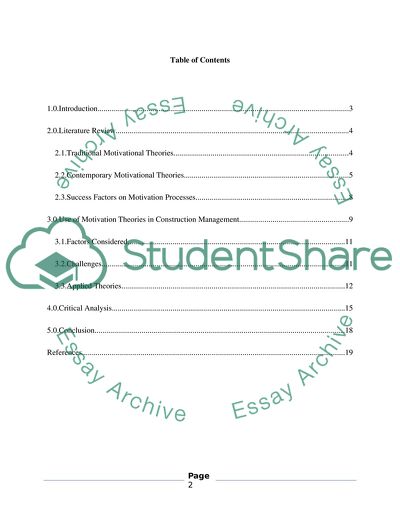Cite this document
(How Employees Can Be Motivated Relating to Theories, Practice, and Coursework Example | Topics and Well Written Essays - 3750 words, n.d.)
How Employees Can Be Motivated Relating to Theories, Practice, and Coursework Example | Topics and Well Written Essays - 3750 words. https://studentshare.org/human-resources/1778231-a-common-question-recruiters-ask-prospective-candidates-is-how-they-would-motivate-their-staff-critically-debate-how-employees-can-be-motivated-relating-your-answer-to-theories-practice-and-your-experience-if-applicable
How Employees Can Be Motivated Relating to Theories, Practice, and Coursework Example | Topics and Well Written Essays - 3750 words. https://studentshare.org/human-resources/1778231-a-common-question-recruiters-ask-prospective-candidates-is-how-they-would-motivate-their-staff-critically-debate-how-employees-can-be-motivated-relating-your-answer-to-theories-practice-and-your-experience-if-applicable
(How Employees Can Be Motivated Relating to Theories, Practice, and Coursework Example | Topics and Well Written Essays - 3750 Words)
How Employees Can Be Motivated Relating to Theories, Practice, and Coursework Example | Topics and Well Written Essays - 3750 Words. https://studentshare.org/human-resources/1778231-a-common-question-recruiters-ask-prospective-candidates-is-how-they-would-motivate-their-staff-critically-debate-how-employees-can-be-motivated-relating-your-answer-to-theories-practice-and-your-experience-if-applicable.
How Employees Can Be Motivated Relating to Theories, Practice, and Coursework Example | Topics and Well Written Essays - 3750 Words. https://studentshare.org/human-resources/1778231-a-common-question-recruiters-ask-prospective-candidates-is-how-they-would-motivate-their-staff-critically-debate-how-employees-can-be-motivated-relating-your-answer-to-theories-practice-and-your-experience-if-applicable.
“How Employees Can Be Motivated Relating to Theories, Practice, and Coursework Example | Topics and Well Written Essays - 3750 Words”. https://studentshare.org/human-resources/1778231-a-common-question-recruiters-ask-prospective-candidates-is-how-they-would-motivate-their-staff-critically-debate-how-employees-can-be-motivated-relating-your-answer-to-theories-practice-and-your-experience-if-applicable.


